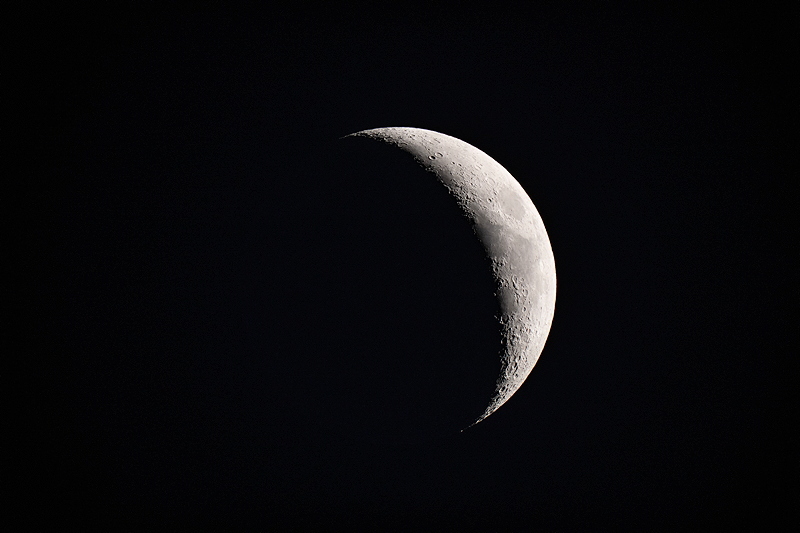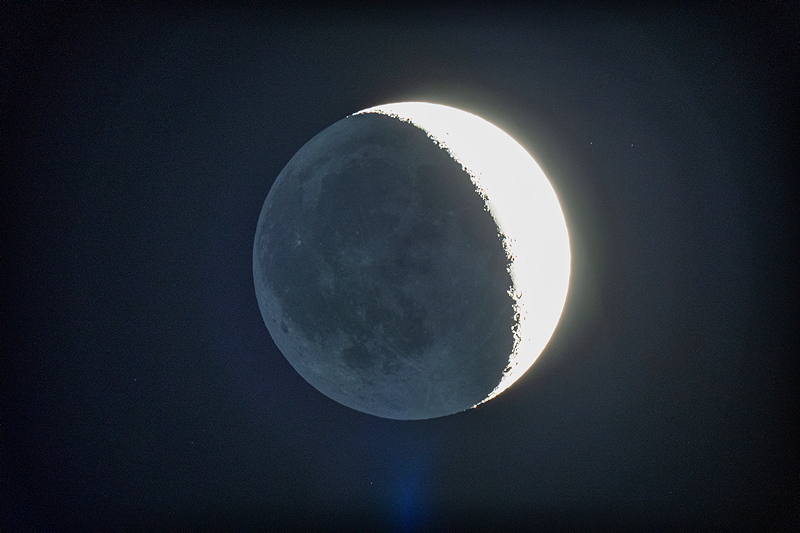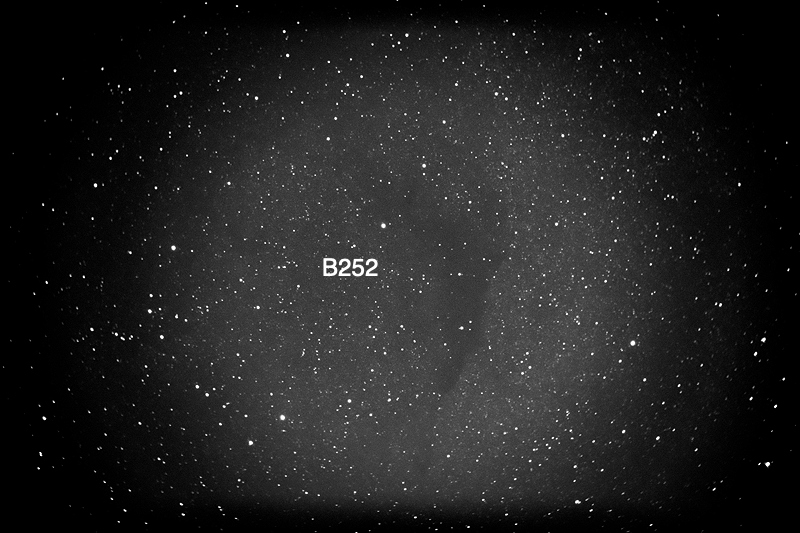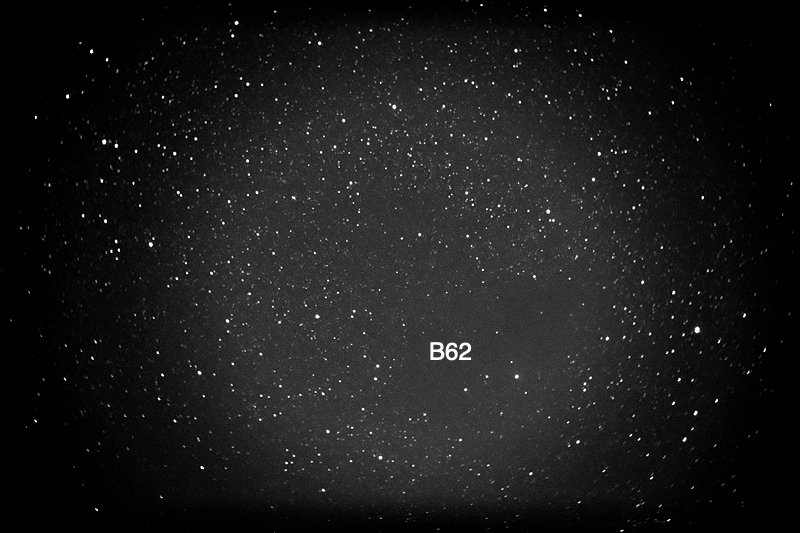Venus, Moon, Barnard Objects
Posted: 8 September 2024
Clouds arrived mid-day on Friday, 6 September 2024. The sky mostly cleared on Saturday, 7 September, although there were strong winds during the daytime.
|
Open: Saturday, 7 September 2024, 1833 MST Temperature: 82°F |
Session: 2006 Conditions: Mostly clear |
Equipment:
12" f/8 LX600 w/StarLock
2" 24mm UWA eyepiece
1.25" 5.5mm eyepiece
Atmospheric Dispersion Corrector
Focal reducer
Camera:
iPhone 15 Pro Max
D850 DSLR
1837 MST: LX600 ON, StarLock OFF, High Precision OFF.
Viewed Venus, 102X, low in the western sky. Then viewed Venus, 443X, using the Atmospheric Dispersion Corrector. Mounted the iPhone 15 Pro Max on the 5.5mm eyepiece using the Accuview 3-Axis Smartphone Adapter. Focusing was difficult due to atmospheric turbulence.
Using the iOS app Final Cut Camera, I did a 10 seconds, 240fps, video (/18000sec, ISO 1600, 1X lens). This image is a stack of 2556 video frames.

Viewed the Moon, 102X.
Prepared the D850 DSLR for imaging. Mounted the D850 camera at prime focus + focal reducer. This is a full-frame image of the Moon (1/400sec, ISO 800).

1914-1930 MST: Relaxed on the observatory patio bench.
This image (1/4sec, ISO 1600) of the Moon shows Earthshine.

1934 MST: High Precision ON.
Slewed to Barnard Object (dark nebula) B252 to check framing. I wanted to re-do this image as my previous attempt to capture it was unsuccessful.
1941-2000 MST: Relaxed on the bench while waiting for the Moon to get lower in the sky.
Focused on the star Antares, locked the mirror, and slewed back to B252 (Dolphin Nebula).
2008 MST: StarLock ON.
Imaged the following Barnard Objects (dark nebulae) for my Barnard Objects Project that I began a year ago. The images are at the same scale as the Moon images above and so show the size of these dark nebulae.


2033 MST: StarLock OFF.
I then began an extended period of viewing (or trying to) 43 Barnard Objects, 102X: B254, B255, B181, B68, B69, B256, B257, B258, B259, B67a, B70, B71, B72 (Snake Nebula), B73, B260, B74, B75, B76, B261, B262, B263, B264, B265, B77, B266, B267, B268, B78, B269, B270, B271, B79, B80, B272, B81, B82, B83, B273, B274, B275, B276, B277, and B278.
Lastly, viewed Saturn, 102X and 443X. The view of the nearly edge-on Ring System was nice.
2227 MST: LX600 OFF.
2236 MST: Took a Sky Quality reading.
|
Close: Saturday, 7 September 2024, 2239 MST Temperature: 75°F |
Session Length: 4h 06m Conditions: Mostly clear, SQM 20.79 |
Comments are welcome using Email. Please read the Email Etiquette guidance.
Cassiopeia Observatory Home Page
Copyright ©2024 Michael L. Weasner / mweasner@mac.com.
URL = http://www.weasner.com/co/Reports/2024/09/08/index.html
